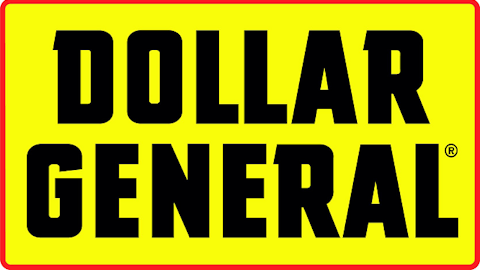
In an identical economy, how do we explain Costco’s growth vis-à-vis the failures over at Walmart? Here’s a crazy thought—might it have something to do with the fact that Costco pays nearly all of its employees a decent living (well in excess of the minimum wage) while Wal-Mart continues to pay its workers as if their employees don’t actually need to eat more than once a week, live in an enclosed space and, on occasion, take their kids to see a doctor?
Business practices are the way they are because they have to be
Ungar dismisses the fact that Wal-Mart Stores, Inc. (NYSE:WMT) operates a much larger business with $469 billion in revenues for the trailing twelve months. Comparatively, Costco Wholesale Corporation (NASDAQ:COST) reported $99.1 billion. It is almost always easier to grow sales in a smaller business organization than in a larger organization. Not to mention Wal-Mart Stores, Inc. (NYSE:WMT)’s primary growth strategy is to increase revenue by increasing the number of stores while maintaining an everyday low-price business model. This means that the company cannot afford to pay its employees a higher wage because the company’s goal is to provide customers with the lowest prices possible.

Source: Ycharts
Over the past 20 years, Wal-Mart’s profit margin has been in the 3% to 3.85% range, with just 85 basis points of fluxuation. To put this into perspective, Wal-Mart Stores, Inc. (NYSE:WMT)’s profit margin is more stable than the Treasury market bond yield.
The company had to make some hard choices. First, it was able to effectively out-maneuver smaller grocers like Safeway Inc. (NYSE:SWY) and The Kroger Co. (NYSE:KR). Price-match guarantees paired with clean stores, and everyday low pricing kept it well ahead of its competition. The super-sized store concept made it possible for shoppers to buy all of their needs in one single location. This gave Wal-Mart Stores, Inc. (NYSE:WMT) greater economies of scale. The business is still effective at keeping customers coming to its store.
More stores better for shareholders
Bloomberg BusinessWeek states that the number of Wal-Mart employees dropped by 20,000 (1.3%), whereas the number of stores increased by 13%. Now let’s reason this logically. The store count has grown, but the number of employees has decreased, which is strictly from a financial accounting standpoint, a good thing. We can debate the size of lines and worker satisfaction. But it doesn’t change the fact that consumers are still willing to purchase products from Wal-Mart’s stores even if it is difficult to find products in the aisles.
Wal-Mart has decreased the size of its sales force and focused more on self-checkout lines. The company focused heavily on making the store as easy as possible to navigate and standardized the floor layout of every store. To be fair, Wal-Mart has adopted a non-sales selling approach. Many retail companies are adopting this philosophy as people hate pushy sales people. No one in Wal-Mart is selling or sampling products for that reason. The company is very intentional about providing one value, which is to save money and live better.
Is Costco better than Wal-Mart?
To be fair, you will find more Wal-Mart stores per square mile than Costco Wholesale Corporation (NASDAQ:COST) stores in the suburban environment. Wal-Mart can operate at lower economies of scale giving it a lower barrier of entry to operate in smaller markets. This is why you will see Wal-Mart open its doors in a town with a population of 10,000 people whereas Costco Wholesale Corporation (NASDAQ:COST) can only operate in cities that have a population that exceed 50,000 if not 100,000. The comparison of Costco Wholesale Corporation (NASDAQ:COST) and Wal-Mart in all probability is unfair. Investors have to address the strengths and weaknesses of each company separately rather than making an argument that sales growth is driven only by employee satisfaction (which is important). But in a world of scarce economic resources, trade-offs are made all the time. Companies the size of Wal-Mart have to make trade-offs with economic resources.




